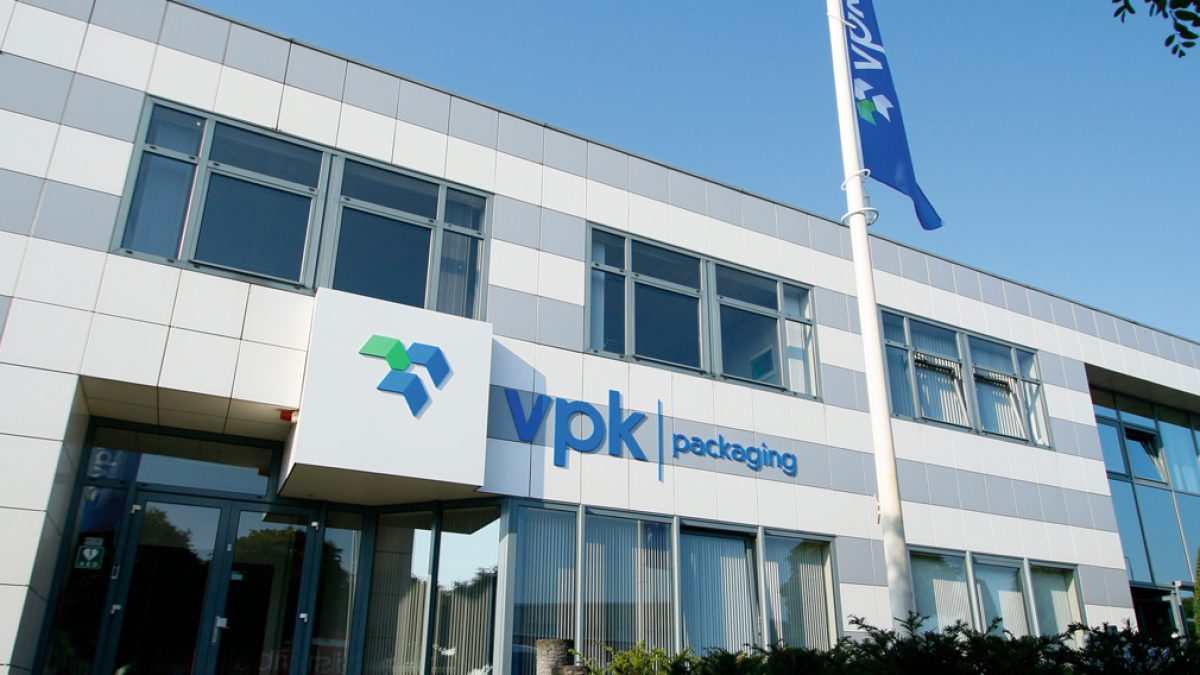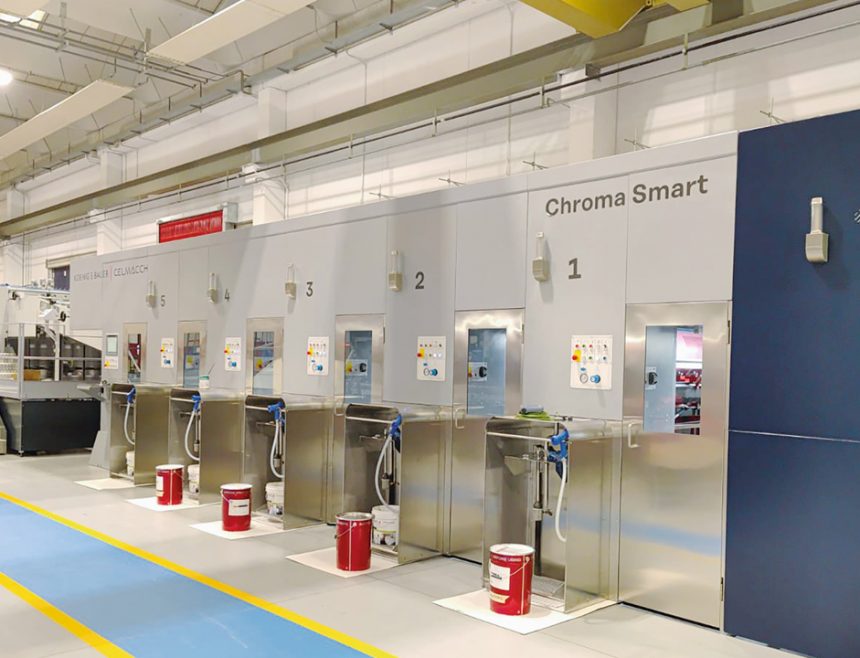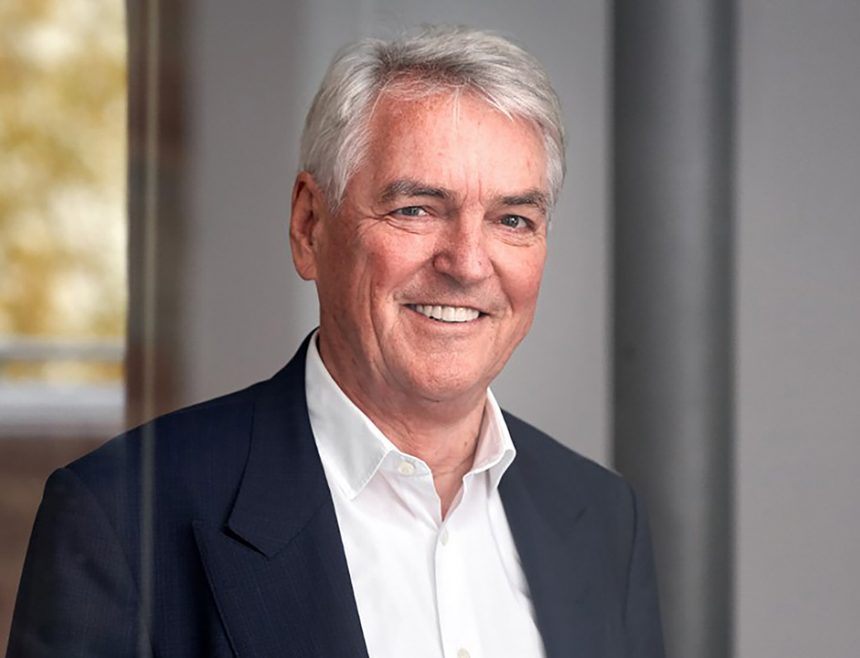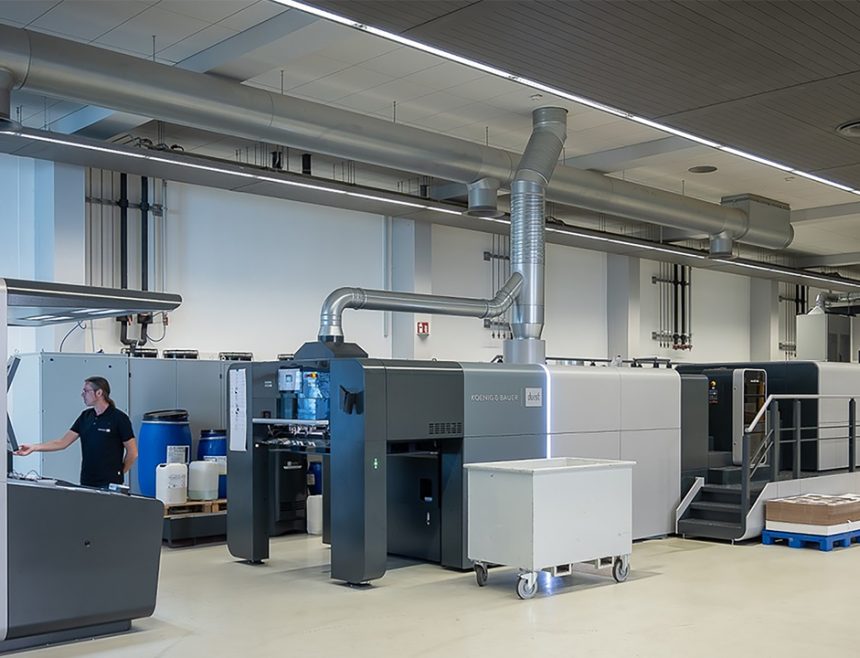VPK Packaging’s Raamsdonksveer site opened in 1994, as the first venture into international expansion. Following the successful growth strategy of the group, a second production hall was constructed soon after to optimise the supply chain. Over the last five years, VPK Packaging has invested heavily in the latest production machines and technologies.
In 2017, responding to the growing customer demand in the Dutch market, VPK Packaging invested over €20 million in machinery and logistics for the expansion of site. The entire project aimed at improving delivery times, quality and efficiency.
The corrugated production and processing capacity improved considerably. The WIP field was extended from a single deck to a double deck, which has optimised the internal logistics flow of the site and enables increased corrugated production. The subsequent installation of a new 2.8m corrugator from MHI Europe nearly doubled the production capacity. The 2.8m machine is one of the most sophisticated machines in the market and has an impressive production speed of 400m per min. The company also chose to install a Mitsubishi EVOL 100 flexo folder gluer to increase packaging capacity for American Boxes. The four-colour machine produces up to 350 boxes per minute, with top of the range folding, gluing and printing quality. Moreover, the investments enhanced quality and reduced delivery times with the addition of a Bobst Mastercut line.
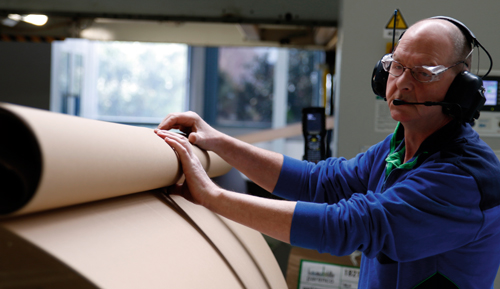
New warehouse investment
Following the investments of 2017, a greater need for storage was necessary. VPK Packaging has bought the land and buildings on the opposite side of the street, comprising a total size of 20,000 sqm.
Previously, VPK occupied two external warehouses, (which are now no longer required), as the new warehouse offer the necessary stock capacity. Being located right in front of the VPK Raamsdonksveer factory, the acquisition provides for greater efficiency and shorter lead times.
The investment provides the opportunity for even further optimisation of transport and space. There exists the possibility in the long term to invest in a bridge to make the transportation to the opposite side of the street more efficient and sustainable. Hence, this investment is an insurance for the future.

